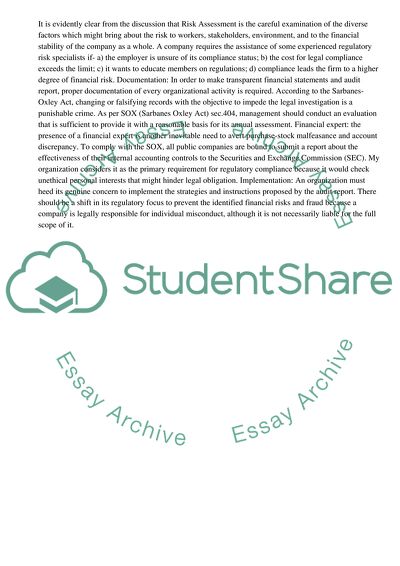Cite this document
(Compliance & Risk Management Case Study Example | Topics and Well Written Essays - 3250 words, n.d.)
Compliance & Risk Management Case Study Example | Topics and Well Written Essays - 3250 words. Retrieved from https://studentshare.org/management/1740352-compliance-risk-management
Compliance & Risk Management Case Study Example | Topics and Well Written Essays - 3250 words. Retrieved from https://studentshare.org/management/1740352-compliance-risk-management
(Compliance & Risk Management Case Study Example | Topics and Well Written Essays - 3250 Words)
Compliance & Risk Management Case Study Example | Topics and Well Written Essays - 3250 Words. https://studentshare.org/management/1740352-compliance-risk-management.
Compliance & Risk Management Case Study Example | Topics and Well Written Essays - 3250 Words. https://studentshare.org/management/1740352-compliance-risk-management.
“Compliance & Risk Management Case Study Example | Topics and Well Written Essays - 3250 Words”, n.d. https://studentshare.org/management/1740352-compliance-risk-management.


